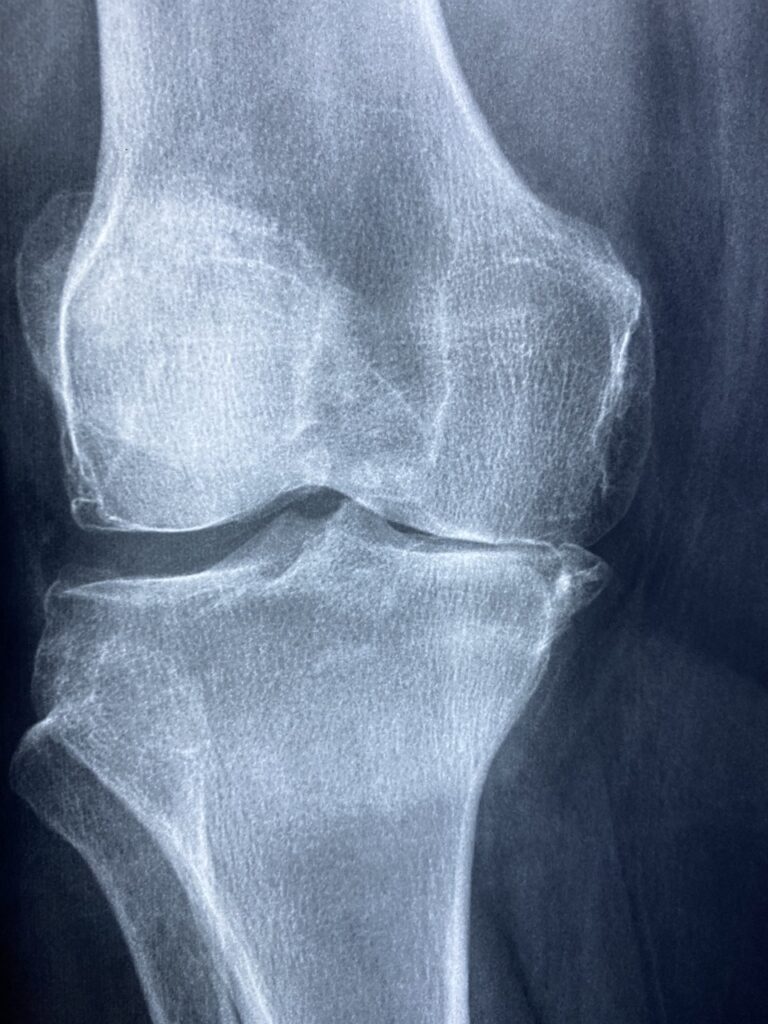Mittelschmerz is a German word that translates to “middle pain” in English. It refers to abdominal or pelvic pain that occurs during ovulation, which is typically around the middle of a woman’s menstrual cycle. Mittelschmerz is a common phenomenon experienced by many women of reproductive age and is usually a normal part of the menstrual cycle.
Symptoms of Mittelschmerz:
- Pain: The primary symptom of mittelschmerz is typically a sharp or cramp-like pain in the lower abdomen or pelvic region. The pain may occur on one side of the abdomen, depending on which ovary is releasing the egg during ovulation. Some women may experience pain on alternating sides in different cycles.
- Duration: Mittelschmerz pain usually lasts for a few hours to a day or two, although the duration and intensity can vary from woman to woman and from cycle to cycle.
- Other Symptoms: In addition to abdominal pain, some women may experience other symptoms during ovulation, such as light vaginal bleeding or spotting, changes in cervical mucus consistency, and heightened libido.
Causes of Mittelschmerz:
Mittelschmerz occurs as a result of the process of ovulation, during which a mature egg is released from one of the ovaries. When the egg is released, it may cause irritation or stretching of the ovarian tissue or the surface of the ovary, leading to mild to moderate pain or discomfort.
Diagnosis of Mittelschmerz:
The diagnosis of mittelschmerz is typically based on the characteristic timing of the pain, occurring around the time of ovulation, and the absence of other underlying medical conditions that could cause similar symptoms. In some cases, healthcare providers may perform additional tests or evaluations to rule out other potential causes of abdominal pain.
Treatment of Mittelschmerz:
In most cases, mittelschmerz does not require specific treatment, as the pain usually resolves on its own within a short period. However, if the pain is severe or significantly interferes with daily activities, over-the-counter pain relievers such as ibuprofen or acetaminophen may provide relief.
When to See a Healthcare Provider:
While mittelschmerz is typically a normal and benign occurrence, there are certain situations where it may be advisable to seek medical attention, including:
- Severe or persistent abdominal pain
- Pain accompanied by fever, nausea, vomiting, or other concerning symptoms
- Difficulty distinguishing mittelschmerz pain from other gynecological issues or conditions
Overall, mittelschmerz is a common and usually harmless symptom experienced by many women during ovulation. Understanding the timing and characteristics of mittelschmerz can help women distinguish it from other potential causes of abdominal pain and discomfort. If there are any concerns or uncertainties about the symptoms experienced during ovulation, consulting with a healthcare provider is recommended for further evaluation and guidance.



